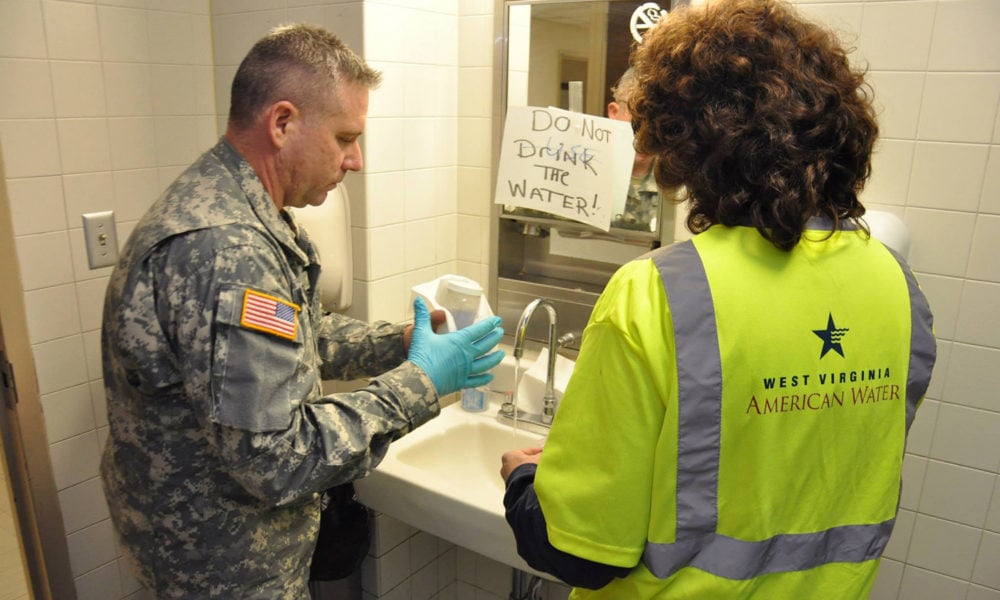How a problem is framed often shapes the range of solutions considered. Ubiquitous global contamination by PFAS (per- and polyfluorinated alkyl substances), human-synthesized chemicals that are water and grease repellent and found in human blood, drinking water, and wildlife, is a problem that has been framed in a number of ways. While environmental regulation is often framed as driven by scientific knowledge, our research finds that in U.S. the implementation of chemical regulation is more commonly driven by scientific ignorance and corporate malfeasance.
PFAS is a family of more than 6,000 compounds often referred to as “emerging contaminants,” which means that we require further study in order to adequately understand them—let alone regulate them. Yet, in truth we have decades of knowledge about PFAS, dating back to chemical manufacturers uncovering evidence of human health effects only revealed in litigation. Thus, the nature of how we experience ignorance varies greatly, depending on how one is positioned: chemical manufacturers who have discretion to disclose or withhold information, regulators who operate with limited access to data, and communities and consumers who experience total surprise when told PFAS are in their blood and drinking water.
TSCA was designed to be weak
In a peer-reviewed article just published in Sociological Perspectives, we argue that recent research on PFAS toxicity and exposure ubiquity are not necessarily surprising if we look at how U.S. chemical regulation was written, and who was at the table writing it, including major PFAS manufacturers. In fact, we should expect to continue to discover new and concerning synthetic chemicals throughout the environment, because U.S. chemical regulation is designed to rapidly approve new chemicals rather than adequately evaluate chemical danger.
Looking at the history of U.S. chemical regulation—here the 1976 Toxic Substances Control Act (TSCA)—it is notable that at the height of progressive social movement power, federal regulation of toxic substances provided only “a watered-down version of what I would call meaningful control on the production of new chemicals,” as described by Senator John Durkin (D-NH). At the time, public outcry over pollution and toxic contamination was so strong that the Nixon administration felt it necessary to appear to take meaningful federal action on chemicals. It is remarkable to imagine environmental movements so powerful that Republicans would feel it necessary to make concessions, given that one contemporary Republican strategy is simply to deny science. We suggest that understanding both the power of social movements and long-term backlash against them is critically important in attempting to understand contemporary failures of environmental law and regulation.
Reviewing testimonies and oral histories of the people involved in developing TSCA, we found that the chemical industry exerted tremendous pressure on the formulation of this law. In fact, many lawmakers, scholars, and scientists attribute the law’s weakness to industry influence in the 1970s.
What does this mean today? When we interviewed scientists, exposed community members, regulators, and industry staff about PFAS, we were frequently told that our society’s ignorance about PFAS is a direct consequence of TSCA’s weaknesses. We learned that chemicals are typically approved in a pro forma fashion that is rushed through EPA and that hides chemical composition due to industry capacity to claim trade secret confidentiality. Hence, most chemicals are inadequately regulated, unmonitored, not tested for in the environment, and largely not treated in our drinking water and sewage treatment facilities.
While the 2016 “Lautenberg Act” to update TSCA aimed to address several of these failings, limitations in that update and major concerns about its implementation means that we remain woefully short of adequate federal chemical regulation.
Protect the public sphere and lawmaking from corporate interests
For chemicals, lack of data is essentially regarded as proof of safety. This flawed logic permeates TSCA’s chemical approval process. We find that ignorance of PFAS chemicals—which ones are in use, where they are used, what their human health and environmental effects may be—magnifies over time and space. Learning that PFAS contamination is ubiquitous is thus not surprising given the structure of TSCA, and the remarkable discretion it affords the chemical industry in terms of production processes, optional testing, trade secret claims, and fundamental influence the over design of a regulatory system that favors the rapid approval of new chemicals. The public, regulatory agencies, and other federal agencies—not PFAS manufacturers—are the stakeholders best positioned to determine appropriate solutions to global, permanent PFAS contamination. However, as we have seen most dramatically under the Trump administration, the public sphere requires strong conflict of interest policies and protection against regulatory capture.
If our laws and agencies are dominated by the industries they ostensibly regulate, many more crises are on the horizon. Out of necessity, a growing number of community-based organizations in affected areas, joined by national environmental groups and independent scientists, legislators, and state regulators, have brought PFAS to public attention. The solutions to the PFAS crisis are not only more scientific research, but social movement pressure, campaign finance reform, and ensuring that lawmaking and federal policy can be done to more truly serve human health and global environmental needs in the face of growing, increasingly irreversible harm.

